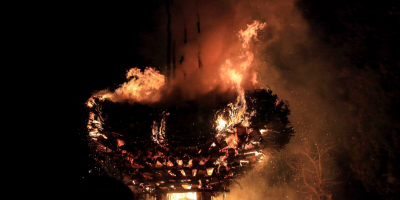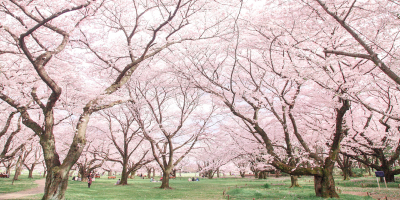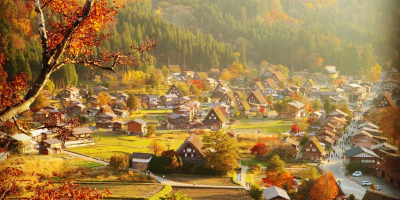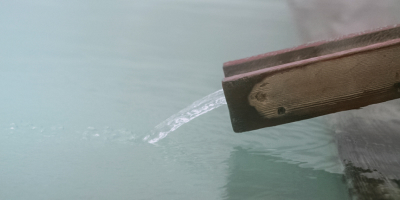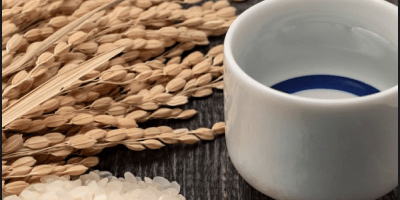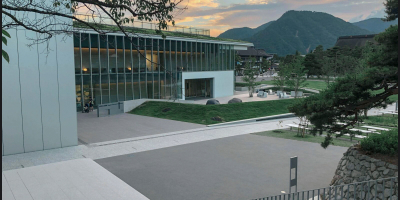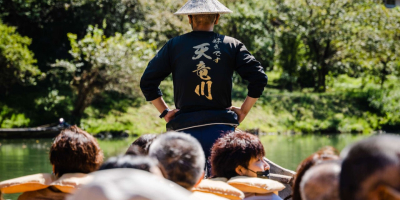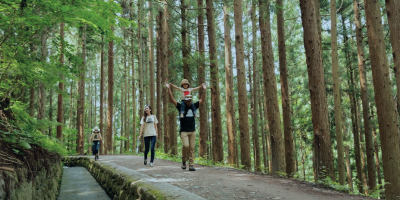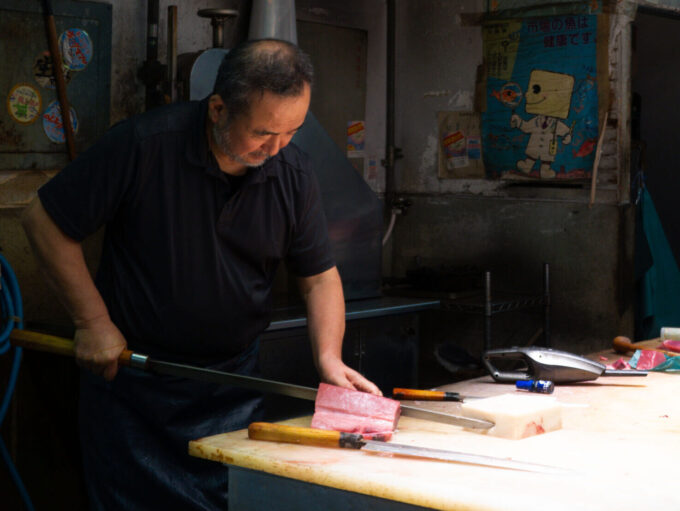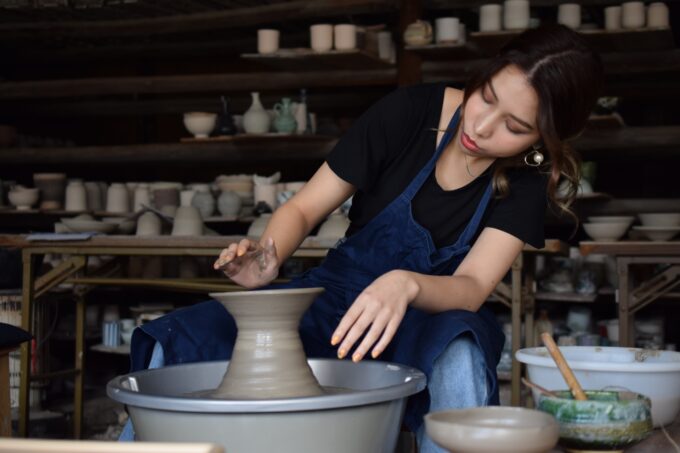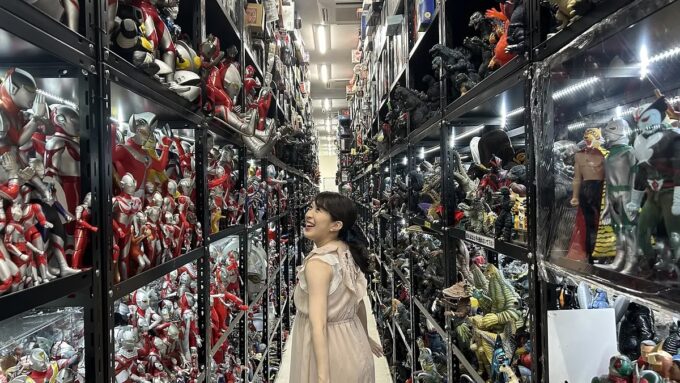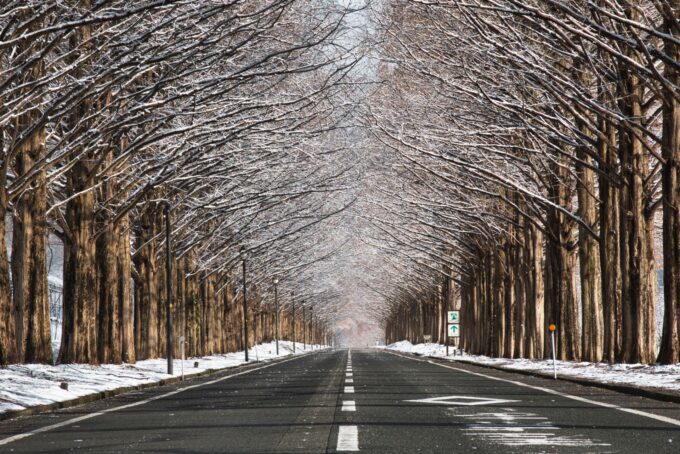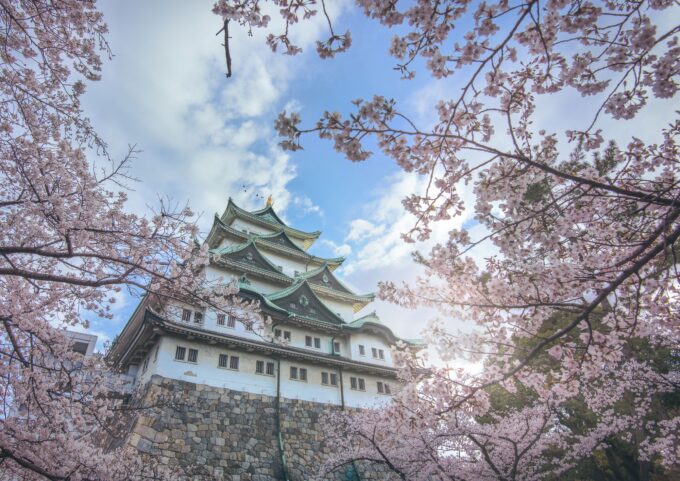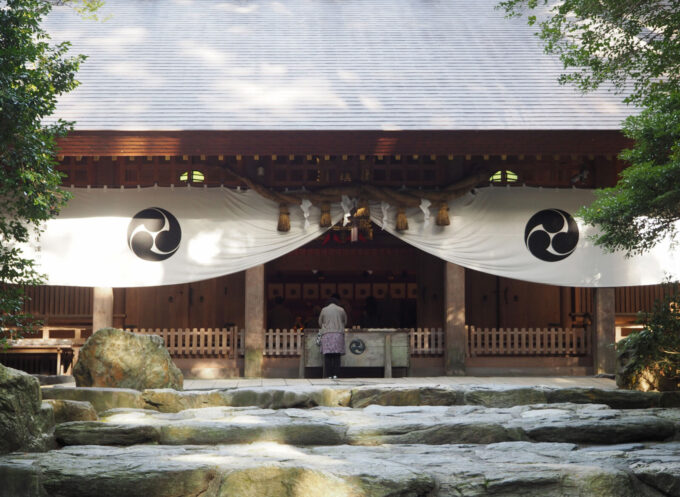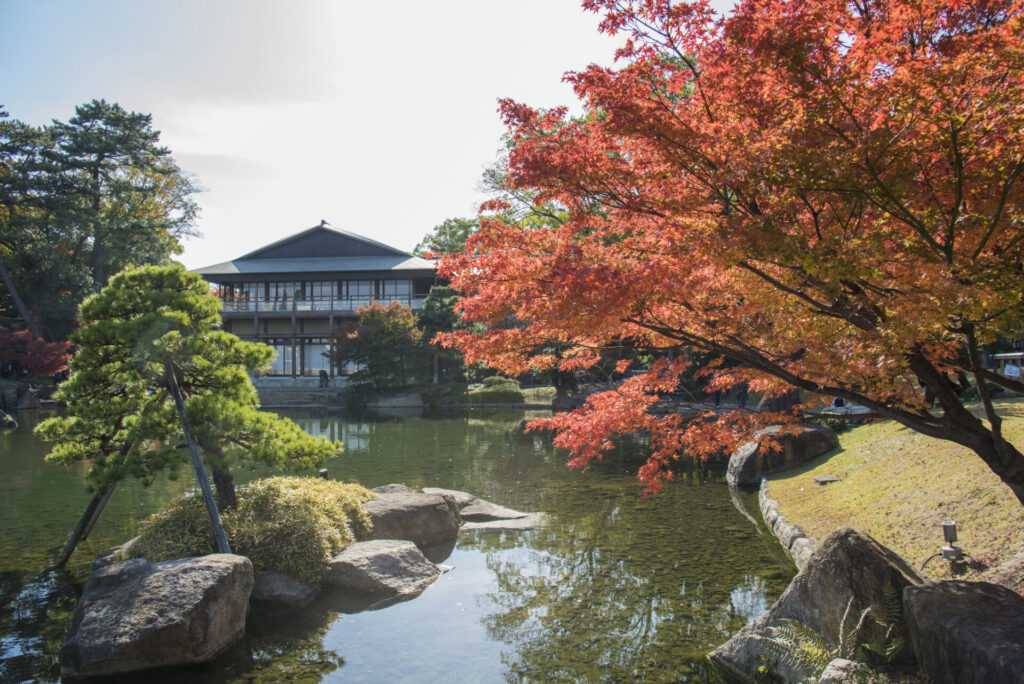
The Tokugawa Art Museum exhibits over 12,000 items once owned by the Owari clan—one of three branches of the ruling Togukawa family during the Edo Period. The Owari controlled Nagoya, one of the wealthiest regions in Japan during the Edo Period, and as such, they also acquired tremendous wealth.
Today, the wealth of the Owari clan can be seen in the museum’s display of their collection including 9 designated National Treasures, 59 Important Cultural Properties and 46 Important Art Objects. Items within the collection are known for their excellent state of preservation and cultural importance.
A Brief History of the Tokugawa Art Museum
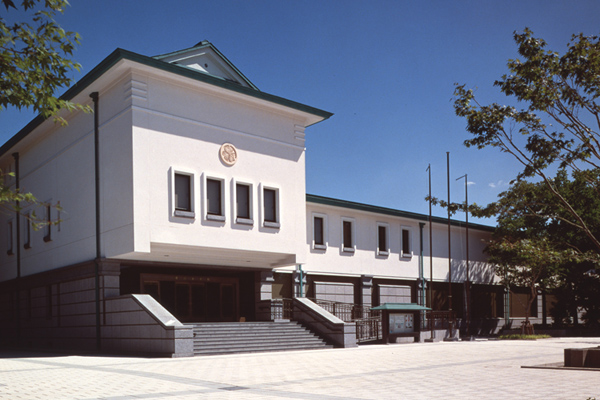
The Tokugawa Art Museum, located in Nagoya, is a unique display of daimyo culture passed down through the powerful Owari branch of the Tokugawa family—one of the “Gosanke” or three noble branches of the Tokugawa clan. Established in 1935 by Tokugawa Yoshichika, the 19th head of the Owari clan, the museum showcases hereditary items that belonged to the Tokugawa family, including Tokugawa Ieyasu, Japan’s unifier and first shogun of the Edo period.
Its founding was inspired by a vision to preserve samurai-era artistry and aristocratic lifestyle. Today, the Tokugawa Reimeikai Foundation, formed in 1931, continues to manage the museum’s vast and invaluable holdings.
Originally a secondary residence built by Tokugawa Mitsutomo in the early 17th century, the site was later returned to the Tokugawa family during the Meiji Restoration and donated to the city in 1931. Though the garden was damaged during World War II, it has since been beautifully restored.
Exploring the Museum's Priceless Collection
The Tokugawa Art Museum houses over 12,000 objects, including:
- 9 National Treasures
- 59 Important Cultural Properties
- 46 Important Art Objects
Highlights of the Collection:
- Genji Monogatari Emaki: 12th-century handscrolls of The Tale of Genji, Japan’s oldest illustrated narrative and a National Treasure. These are displayed only one week a year in November due to their fragility.
- Daimyo Tools: Armor, tea utensils, Noh costumes, and other artifacts used by the Tokugawa family.
- Tea Ceremony Wares: Such as the Mishima-oke tea bowl and celadon censer "Chidori", used by prominent historical figures.
- Historical Reproductions: Including reconstructions of living quarters from Nagoya Castle’s Ninomaru Palace.
Unlike many modern private collections, the Tokugawa Museum’s artifacts were passed down through generations, offering a continuous record of Japan’s ruling elite and are not a collection assembled by corporations or entrepreneurs.
Strolling Through Tokugawa Garden
Across from the museum, the Tokugawa Garden was once also the private domain of the Owari clan. A traditional daimyo garden from the Edo Era, Tokugawa-en (or Tokugawa Garden) is a relaxing retreat amid a bustling city. The garden features over 100 maple trees, two waterfalls, and a beautiful pond in its center—showing visitors a different face in each of the four seasons and making each visit a one-of-a-kind experience. The beautiful grounds are also home to a tea house serving traditional sweets and tea carefully sourced from the nearby area.

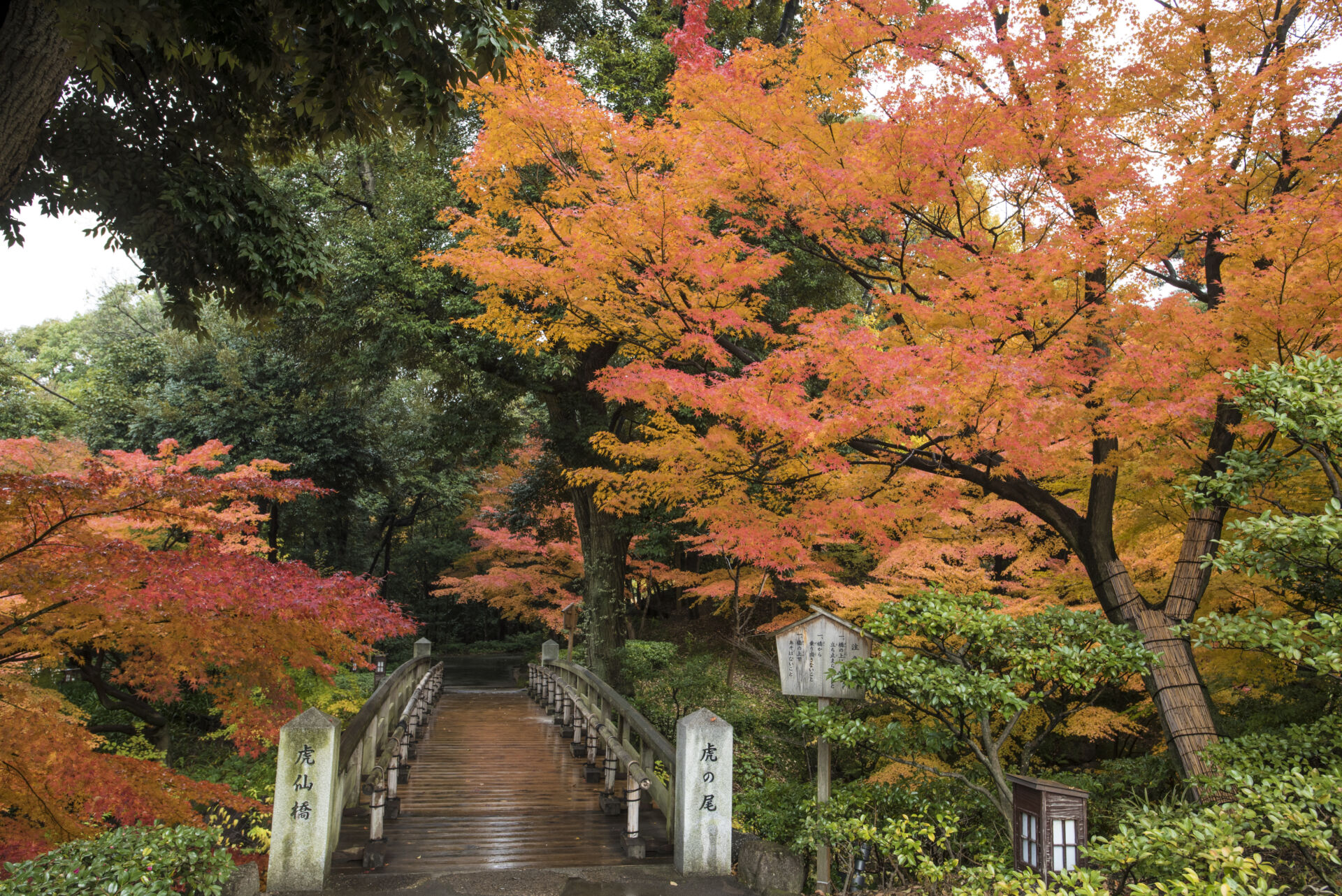
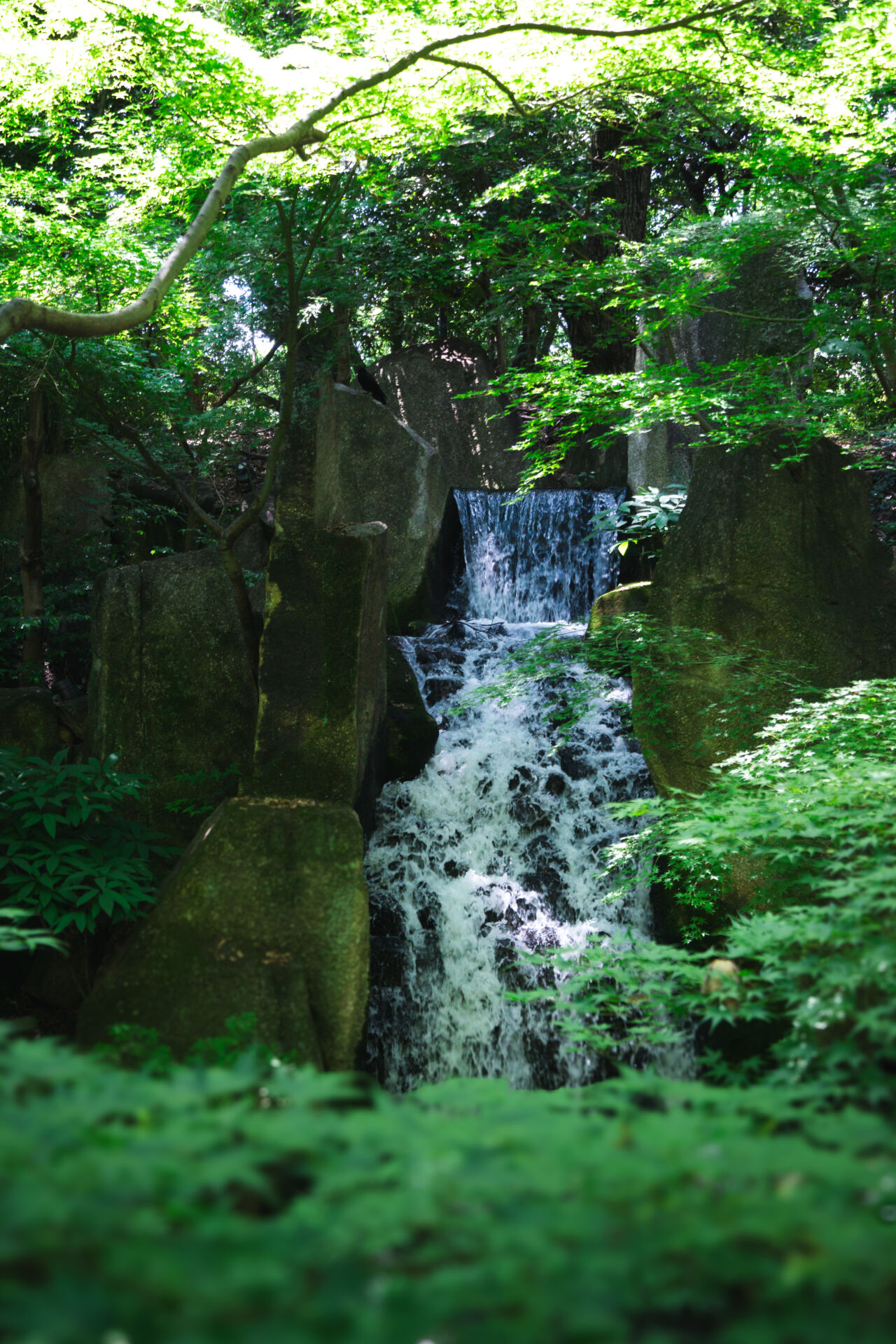
The garden features:
- A large central pond (Ryusenko)
- Winding walking paths and scenic bridges
- Traditional tea houses
- Over 100 maple trees and seasonal blossoms
- Cascading waterfalls that add serenity and visual depth
The garden is a prime example of Edo-period landscape architecture and serves as a tranquil escape within Nagoya’s urban environment.
Recommended Tour: Snow Monkey Resort's 1-Day Guided Garden Walk through Nagoya's Castle, Gardens, and Historic Estates will take you into several historical estates and private gardens of Nagoya's titans of industry. Marvel at the gilded artwork and golden screens in Honmaru Palace and sip tea while gazing at a garden designed for a daimyo as you are led by an experienced, English-speaking guide through Nagoya on this full-day tour.
Seasonal Highlights and Events at Tokugawa Garden
Each season brings its own floral displays and cultural events:
Spring
- Japanese Plum Blossoms (Ume): February–March
- Peony: Mid–Late April
Summer
- Iris (Hanashobu): Late May–Early June
Autumn
- Maple Leaves (Momiji): November
Enjoy brilliant autumn foliage during the Autumn Leaves Festival, with nighttime illuminations and live music.
Winter
- Camellia: Mid January–March
Special Events
Moon Viewing (Tsukimi): Late September–Early October
Extended evening hours with floating lanterns, music, and seasonal snacks to celebrate the harvest moon.
Frequently Asked Questions (FAQ)
What makes the Tokugawa Art Museum unique?
Unlike corporate or modern private collections, this museum preserves the literal treasure trove passed down from the Owari Tokugawa family through generations.
Can I see the Tale of Genji scrolls year-round?
No, the Genji Monogatari Emaki is extremely delicate and is exhibited for only one week each November.
Is the museum English-friendly?
Yes. Information panels and audio guides are available in English. Guided tours in English are also available upon request.
When is the best time to visit the garden?
Spring for blossoms and autumn for colorful foliage are ideal, but the garden is a peaceful retreat year-round.
Are the museum and garden wheelchair accessible?
Yes, most areas are accessible, though some traditional paths in the garden may be uneven.
Are food and drinks available on-site?
Yes. The garden tea house offers locally sourced tea and seasonal sweets.
Is it possible to get a tour of Tokugawa Garden?
Based in Central Japan and operating all-year-round, we at Snow Monkey Resorts pride ourselves on our high quality, sustainable, group tours of Nagoya and the surrounding areas that are sure to please. All tours are led by locally-based, English speaking guides and will take you around must-see sights, as well as some lesser known gems—providing lasting memories and a deeper connection to the places you visit.
Recommended Tour: Snow Monkey Resort's 1-Day Guided Garden Walk through Nagoya's Castle, Gardens, and Historic Estates will take you into several historical estates and private gardens of Nagoya's titans of industry. Marvel at the gilded artwork and golden screens in Honmaru Palace and sip tea while gazing at a garden designed for a daimyo as you are led by an experienced, English-speaking guide through Nagoya on this full-day tour.
Of course, we also offer private tours and transport in and around the Nagoya area, and other regional destinations. We can also arrange for both custom tours with an English-speaking guide or a private charter.
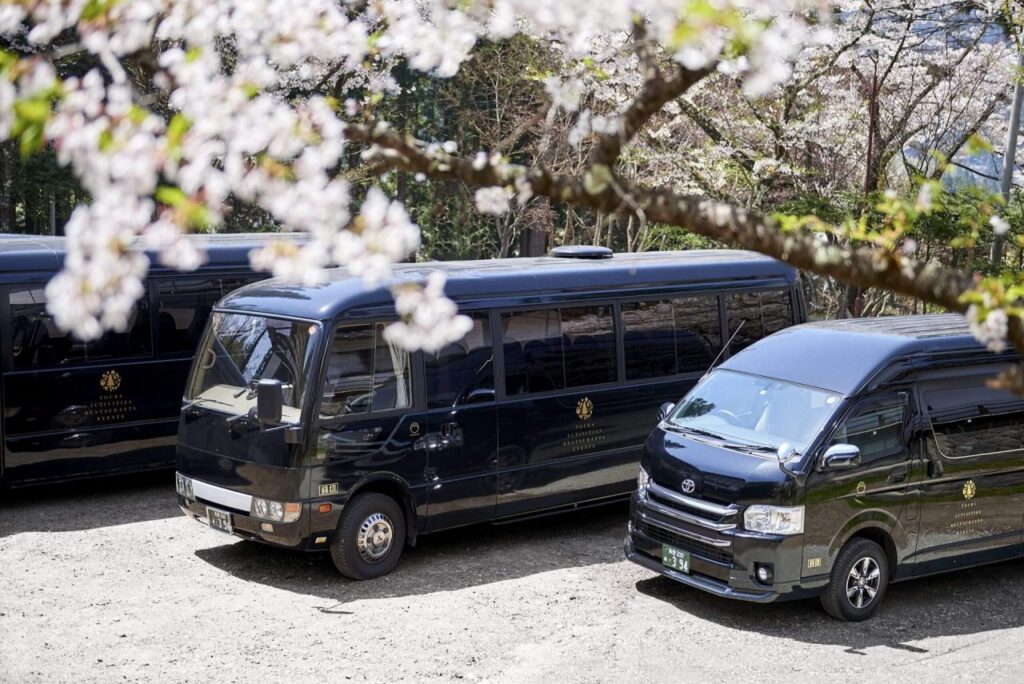
Our drivers and vehicles are fully certified, allowing us to transport you to and from your preferred destinations in combination with any activity that suits your schedule. All vehicles are well-maintained and in good condition, allowing you to relax and enjoy your ride to wherever you are going.
With door-to-door service, we can pick you up from where you are and take you to where you want to go anywhere in Central Japan and the neighboring regions.
For more information, please check our standard charter rates or contact us for a custom trip. We’d love to be part of your adventure in Central Japan and help you discover even more!
Additional Tips for Visitors
- Photography: Photography is restricted in certain parts of the museum, especially where National Treasures are displayed, and professional photo shoots are restricted in the garden.
- Combo Visit: Combine your visit with nearby attractions like Nagoya Castle or the Nagoya Culture Path on Snow Monkey Resorts 1-Day Guided Garden Walk through Nagoya's Castle, Gardens, and Historic Estates.
- Transportation: Accessible via bus or taxi from Nagoya Station in under 20 minutes.
- Private Tours: Consider booking a private guided tour for in-depth exploration of both the museum and garden.
- Events: Check the calendar in advance for exhibitions and seasonal events—especially the Autumn Leaves Festival and Moon Viewing.
Want to Explore More of Nagoya?
Join one of our interactive, locally guided food and culture tours across the city. Group and private tours available year-round. From traditional craft workshops to hidden eateries, we’ll help you discover Nagoya like a local.



